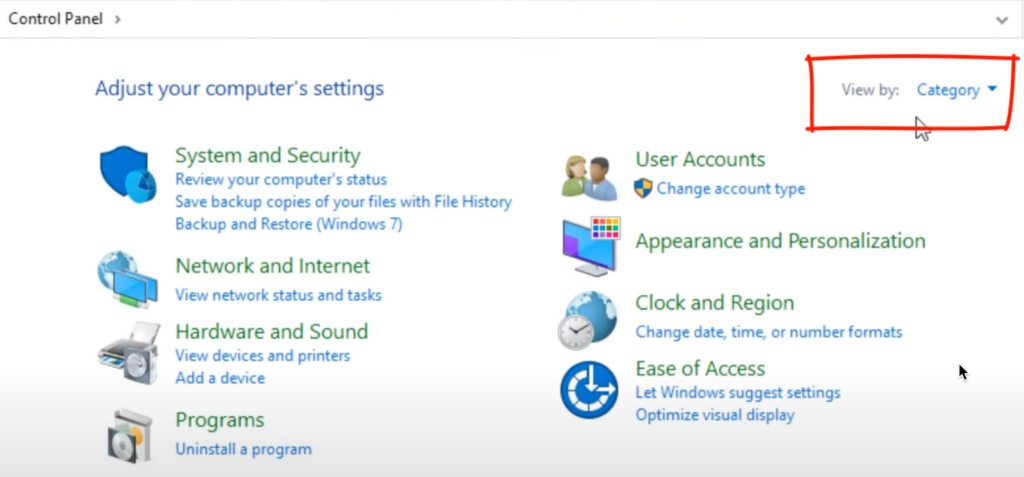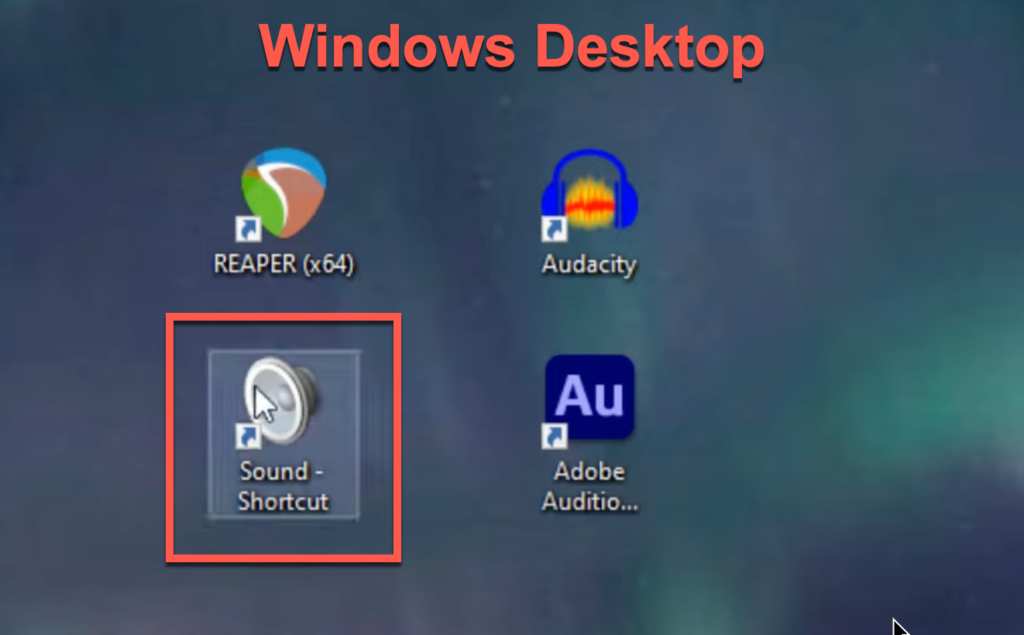Shortcut To Windows “Manage Audio Devices” Panel
I just learned something recently (way too recently :-P) that I should have known about a long time ago, and I wanna share it with everyone who uses Windows 10 or 11 to do audio recording and editing. I’m talking about how to quickly get to something called the Manage Audio Devices panel in Windows.
Why would I want to go to the Manage Audio Devices panel?
If you’re gonna be doing audio recording on a Windows computer, you absolutely need to be able to access the Manage Audio Device panel, which allows you to quickly see all of your microphones or input interface units and their status, but more importantly, it lets you drill down into the properties and be able to see the “Levels” tab, which is something you’re definitely gonna wanna do probably a lot, especially whenever you change microphones.
If you use a USB mic, you’ll DEFINITELY need to use the “Levels” tab for your mic. You can get to that by selecting that mic, and clicking the Properties tab for it. for some reason, Windows tends to automatically turn down the input level of USB mics to like 20%! So if you can get to this control you can turn that up – usually to about 90%. If yhou wondered why you could barely hear your USB mic this might be why.
These controls used to be easy to find
In previous versions of Windows, you could access the sound panel just by clicking on the speaker icon down on the right of the taskbar. Or you could type the word “sound” into the search window at the bottom left.
But in Windows 10 and 11, the speaker icon at the right of the taskbar just takes you to this super simplified options panel that allows you to change the playback device. So that’s not good. And if you type “sound” into the search window, you no longer see the option for sound settings pop-up. You have to know that sound settings is what you’re looking for. And that’s just crazy!
The good news is that the controls ARE still there. The problem is that in Windows 10 and 11, the “Manage Audio Devices” panel got buried under all the new controls that Windows added “to make things easier.” Um. No. It did not make things easier. It actually took away some controls.
So how do I get to the panel in Windows 10 or 11?
I discovered that instead of typing “sound” into the Windows search, you had to go to Control Panel. Even that was made more difficult in Windows 11 for some reason. So I STILL had to put “Control Panel” in the search just to get there.
Once in the Control Panel, choose the “Hardware and Sound” category. And then under the “Sound” sub-category, you finally choose “Manage Audio Devices.” Click THAT!
But that is a huge pain, right?
Yes it is. It’s ridiculously long for something you need to do often. But this is what I have been doing (sigh) for the last couple of years! Eventually (I’m a slow learner sometimes) I thought, “Surely, there’s a quicker way to get there,” and I found out that yes, there is.
So what is the easy and fast way?
You can create a desktop shortcut that will take you straight to the “Manage Audio Devices” panel.. Here’s what to do to get your own sound panel shortcut.
Start by going to the Control Panel. Then when those categories pop-up, go to the top right of the screen, where it says “view by.” “Category” is the default.
Here is a video showing you how to do this:

Click the drop-down arrow and click on “small icons.” This will bring everything out of their categories so you can see all the options. Find the one that says sound with the speaker icon next to it.

Right mouse click on that, and click on “create shortcut.” It will say “Windows can’t create a shortcut here. Do you want the shortcut to be placed on the desktop instead?” Say yes.
Now, you will see this icon on your desktop. If you click on that, presto! You are taken directly to the Manage Audio Devices Panel (even though the icon says “Sound”). So THAT’S easier!

I really should have known about this a long time ago, but at least I got there in the end. If you use Windows 10 or 11, do this immediately. It’ll save you lots of time as you do more audio recording on your computer.
